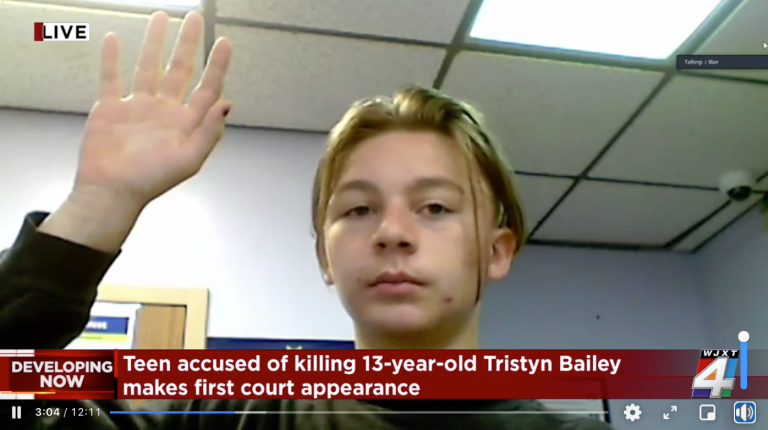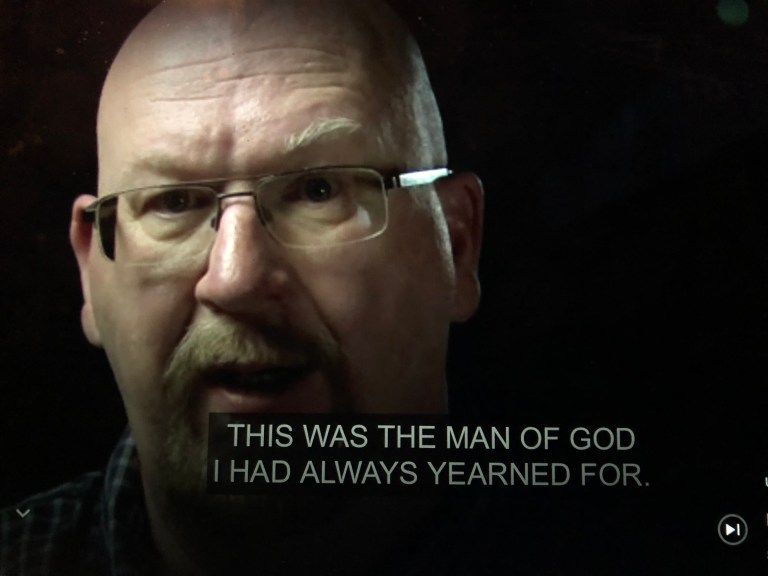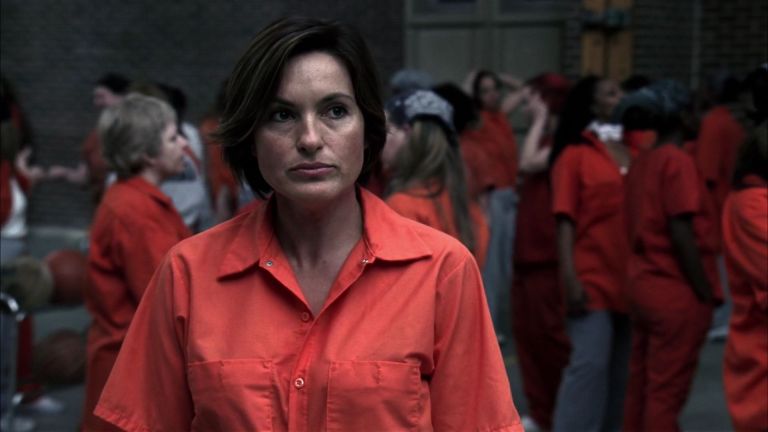What Drives – And Deters – The Domestic Terrorist? (Part Two)
Part two of an exclusive interview with leading forensic psychiatrist Dr. Michael Welner on what makes a mass murderer - and what can be done to prevent those at risk of becoming killers from realizing their homicidal fantasies.
By James Swift
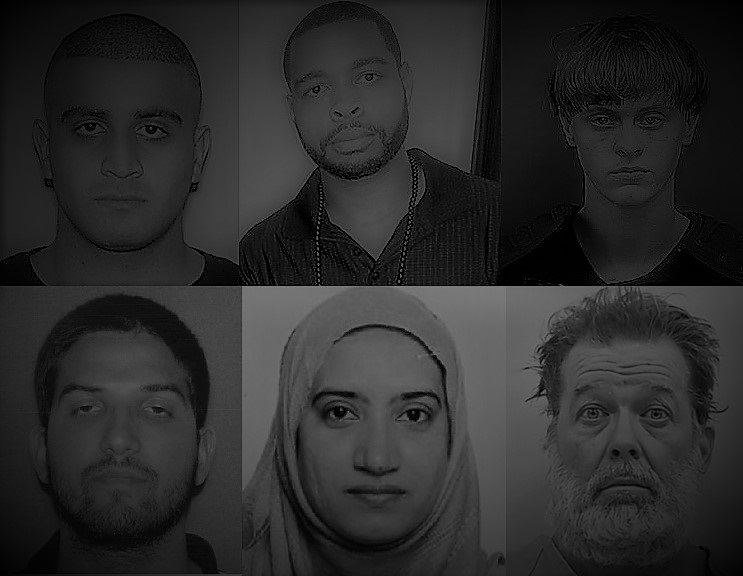

Part two of an exclusive interview with leading forensic psychiatrist Dr. Michael Welner on what makes a mass murderer – and what can be done to prevent those at risk of becoming killers from realizing their homicidal fantasies.
A historically black church in Charleston, South Carolina.
A Planned Parenthood building in Colorado.
An office of a nonprofit dedicated to helping individuals with developmental disabilities in San Bernardino, Calif.
A gay club, predominantly frequented by Hispanics and Latino-Americans, in Orlando, Fla.
The intersection of Main Street and South Lamar Street, in the middle of Dallas, during a Black Lives Matter demonstration.
What would seemingly be a random assortment of places scattered throughout the United States are united by the same grim and grisly tragedy. Each site was ground zero for politically motivated acts of bloodshed, locations where aggrievement-fixated murderers unleashed a storm of bullets to make a ghoulish, ghastly “point” comprehensible only to them and their like-minded extremist ideologues.
Their horrific crimes represent something of a fusion of two social pathology phenomena. On one hand, these brutal killings seem to have the same ideological underpinnings that have been at the heart of numerous domestic terror incidents in U.S. history. However, unlike the perpetrators of the 2013 Boston Marathon Bombing or the 1995 Alfred P. Murrah Federal Building attack in Oklahoma City, these terrorists didn’t use explosives. Rather, they used the same method used by hundreds of workplace and school shooters – a torrent of gunfire.
Examination of these killers’ cyber histories reveals another commonality with the perpetrators of public sphere slaughter at Virginia Tech, Sandy Hook and Aurora, Colo. They left behind a long string of social media evidence – scores of vitriolic rants and manifestos attempting to justify their carnage – and appeared to have the same motivation for mass attention that any number of mass killers since Columbine strove for.
Does this mean the ideology-driven American domestic terrorist and the aggrievement-obsessed American mass shooter have more or less cross-pollinated into a hybrid social threat, or do important, albeit subtle, distinctions continue to separate the two? And perhaps more importantly, can techniques and tactics commonly used to discourage and dissuade aspiring mass shooters also be used to divert would-be domestic terrorists, or is the public safety better served by approaching the two as totally separate pathologies?
To explore the issue more in-depth, Uncommon Journalism spoke with eminent forensic psychiatrist Michael Welner, M.D., Chairman of The Forensic Panel and Clinical Professor of Psychiatry at Mount Sinai School of Medicine. Welner has been the go-to psychiatric examiner in criminal and civil trials of the country’s most bedeviling criminal defendants, from the kidnappers of Elizabeth Smart to the accused killer of Etan Patz to accused terrorists such as Guantanamo’s Canadian expat Omar Khadr. He has worked on the trials of a slew of mass killing and attempted mass killing cases, including Aurora’s James Holmes and Hawaii’s Byran Uyesugi, and has been consulting to the United States Congress on solutions to prevent mass murder. Welner has also pioneered research of The Depravity Standard, an evidence-driven tool informed in part by public survey research designed to help jurors, judges and corrections officials alike make distinctions of the worst of crimes in sentencing and release decisions.
In part one of this special two-part series, Welner discusses the similarities and differences in the motivations and execution of mass shooters and “traditional” terrorists. In part two, he addresses the best intervention techniques for handling each type of criminal, as well as the weak links in mental health laws and media coverage that could be mended to possibly prevent tragedies in the future.
In general terms, how do preventative measures and other intervention methods differ for politically-motivated mass shooters compared to “standard” mass shooters? Do aspiring domestic terrorists follow the same continuum that a school or workplace shooter follows, or does their path to murder entail totally different interdiction points?
There are numerous interdiction points for aspiring mass killers, because mass killing is invariably a premeditated crime. School shooters have historically been a younger population. The fuse from conception to execution among teenagers is shorter. On the other hand, school mass killers more frequently reveal their plans. Peers and parents taking an aspiring killer’s statements seriously has contributed to interrupting high school plots even as collegiate mass killings continue, their perpetrators (such as Aurora’s James Holmes and Virginia Tech’s Cho Seung Hui) being more silent.
Workplace mass killers are a different breed, with a determined target list that generalizes once the assault begins. Today, workplace safety is far more sophisticated, learning from the tragic experience of the United States Postal Service and other agencies victimized by the angry employee who decides he will have the last word. As a result, even as the American workplace has ofte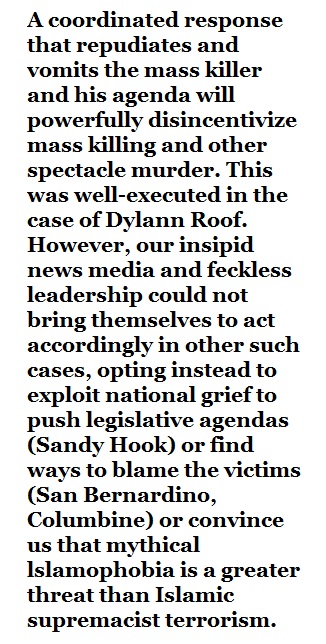 n become more callous in its demands, workplace mass killings have not proliferated in the same way as have community mass killings.
n become more callous in its demands, workplace mass killings have not proliferated in the same way as have community mass killings.
Community mass killers are long, long in the making. Unlike the workplace mass killer who seeks “only” to destroy the workplace, the community mass killers (as well as the ideological mass killer) is committed to killing in large numbers because death tolls directly translate into media coverage. Planning is more deliberate and occurs on a less urgent timetable than does the workplace mass killing that reacts to the impending or perceived inevitable separation from the workplace.
A coordinated response that repudiates and vomits the mass killer and his agenda will powerfully disincentivize mass killing and other spectacle murder. This was well-executed in the case of Dylann Roof. However, our insipid news media and feckless leadership could not bring themselves to act accordingly in other such cases, opting instead to exploit national grief to push legislative agendas (Sandy Hook) or find ways to blame the victims (San Bernardino, Columbine) or convince us that mythical lslamophobia is a greater threat than Islamic supremacist terrorism. The government has openly lied to the people who bestowed in it a public trust in incidents of such plain sight as Ft. Hood, San Bernardino, Chattanooga and Orlando. That’s never going to end well.
Regardless of the ideology, what do you consider the best preventative measures in place to discourage individuals from pursuing politically-motivated mass violence? What are the best social resources and community-level interventions in place to deter potential politically-motivated mass shooters from realizing their homicidal aspirations?
The nature of the interventions depends on the perpetrator. The news media, should it cover the mass killer with the visceral distaste reserved for serial pedophile Jerry Sandusky and the racially disparaging Donald Sterling, would powerfully disincentivize mass killing or other terrorism. If aspiring mass killers know that their actions will not gain them notoriety among any group, but ridicule, exclusion, and vehement rejection, they will redirect their anger and homicidality elsewhere. No one looked to emulate Jeffrey Dahmer; no one follows a pervert. Yet aspiring mass killers drew inspiration from the Columbine killers. No one would know them but for their public portrayal. And so the enduring legacy of the Columbine killers is the embodiment of how a short-sighted media acts against the national interest and actively undermines public safety in America. News coverage of mass homicide in America today is genuinely the expression of Oliver Stone’s darkly satirical Natural Born Killers.
Preventive measures engage the inflection points in the development of mass killers. Parents, communities, teachers, religious leaders, neighbors and workplace leaders likewise can intervene early in the developmental pathway. Likewise, elected leaders, especially the President, can make effective use of the bully pulpit to direct national fury against the enemy within.
The Islamic supremacist movement is more complicated. We cannot control what is ignited across the world and has intimidated Europe into self-defeating submission. We can, however, impact the indoctrination within our own prisons and religious communities. Empowering pluralistic Islam is the most important step we can take in this regard. Islam need not be incompatible with a pluralistic and God-fearing America. But the empowered voices of Islam in America today are Sharia-promoting organizations that provide intellectual and academic cover to terrorism and obstruct efforts to surgically excise it, its fundraising apparatus and its exploitation of vulnerable points in the national infrastructure – be it the border or the college campuses and curricula. Treating the media can remedy mass killing in other contexts but Islamic supremacist terror will require more broad-based efforts that resist manipulating our insecurities.

In what ways does the media – intentionally or unintentionally – incentivize politically-motivated mass killers? Does the fame and attention awarded to mass ideological shooters serve as an equal (or perhaps even greater) trigger for their violent acts as the “righteousness” of their ideological convictions?
Fame and transcendence are the most powerful incentive to aspiring mass killers. It is not only about killing for them, but what the social payoff will be. If the aspiring killer adopts an agenda, that is no more a trigger than if he does not. The agenda merely makes it easier for the aspiring mass killer to overcome the barriers of morality that reared him to know how wrong it is to kill a complete stranger. The trigger is unique to each individual and invariably a personal setback that signals it is time for the killer-in-waiting to choose to end his life as he knows it and to cross over into the persona of how he projects as an icon among the destructive.
Vanity is the most powerful incentive – hence the spectacle of the act. Do mass killings occur in Alaska and Hawaii? Guam? No, because those areas are far from where one gets attention. For example, the Ft. Lauderdale killer offended not in his Alaska community but considered New York, then opted for a soft target in the Ft. Lauderdale airport.
Those borne of piety alone anonymously sojourn to the battlefields of the Levant as soldiers of their cause. And we never hear about them.
How exactly are domestic politically-motivated mass killers becoming “radicalized?” Is it predominantly an online phenomenon, and if so, what sort of channels are being used to inspire and prepare ideological terrorists to embark upon real-life crimes?
Most ideological mass killers self-indoctrinate using their capabilities to the limit, whether they are simpler like Dylann Roof or more sophisticated like Anders Breivik. Whether they are exclusively active online or merely utilize their planning in isolation to research in the library or in the field depends on the person. But they typically radicalize at their own pace and with their own counsel. Micah Johnson’s pathway is uncertain; he belonged to radical groups but there is no firm evidence that he was any less fringe than were the above or Joseph Stack, who flew a plane into the IRS building in Austin, Texas.
Islamic supremacist mass killers such as the San Bernardino and Orlando perpetrators are radicalized in part through their online cohort. The deep web is an important anonymous vehicle, but without transparency or full investigation, we do not know how important. Islamic supremacist social media is now noticeably more refined to impact the consumer than it was as recently as the period of Nidal Hassan’s evolution before the 2009 Ft. Hood massacre.
Yet we have not yet reached a stage in which an Islamist without access to a radical mosque or clerical influence radicalizes to mass homicide in geographic isolation. Omar Mateen and Tennessee’s Muhammad Abdulazeez had their mosques and still made their Middle Eastern trips, affording them opportunity to interact face-to-face with others for whom rejectionist thinking was justifiable and sustainable. Mateen’s wife and family were well-positioned to nudge him over the finish line of mass killing, while Syed Farook’s wife joined him as an active killer in the 2015 San Bernardino Christmas party attack.
In “typical” workplace or school shootings, mental health is almost always brought up as an issue. Interestingly, this dynamic doesn’t come into play as often in discussion of domestic mass shooters. In the case of a shooter like Omar Mateen or Dylann Roof – where their ideological convictions are clearly catalysts for their rampages – are profilers and investigators doing a disservice by ignoring any compounding mental health issues the shooters may have exhibited?
 The discussion of mental problems in the mass killer is fueled by the agenda of who is commenting, since little medical history is available for public consumption in the immediate aftermath of the crime. Prosecutors and law enforcement will focus on the criminality of the event. Defense attorneys will invoke mental health to engender compassion for the mass killer. Families of the perpetrators cite mental problems in order to escape the glare of public presumption about their absent or inadequate parenting or lack of support of someone so destructive. News media emphasizes mental problems when it can in Islamic supremacists, in order to feed its consistent narrative that there is no ideological conflict, only troubled people who “pervert” Islam.
The discussion of mental problems in the mass killer is fueled by the agenda of who is commenting, since little medical history is available for public consumption in the immediate aftermath of the crime. Prosecutors and law enforcement will focus on the criminality of the event. Defense attorneys will invoke mental health to engender compassion for the mass killer. Families of the perpetrators cite mental problems in order to escape the glare of public presumption about their absent or inadequate parenting or lack of support of someone so destructive. News media emphasizes mental problems when it can in Islamic supremacists, in order to feed its consistent narrative that there is no ideological conflict, only troubled people who “pervert” Islam.
Mass killing is driven by the social payoff of notoriety. Mass killers invariably have some degree of paranoid thinking that graduates into general misanthropy – because one has to hate everyone to kill anyone. For some, this is delusional. For others, it is merely a character disorder. Mental issues are not ignored and are closely examined in high profile cases. Findings are shared orally with the defense attorney, and eventually, the court. Whatever the case, in my experience on such matters in a variety of settings, these cases attract a level of de rigeur scrutiny that legitimate mental illness is unlikely to be overlooked.
And lastly, what can we do as a society to better dissuade and discourage politically-motivated mass violence? What sort of errors are the media and special interests groups making when covering and commenting on politically-motivated mass killings and what do you believe should be done to counteract the deluge of mass ideological violence apologia in cyberspace?
The best way to dissuade and discourage mass homicide is to marginalize and ridicule its actors and the constituency they advance. Humor is an underrated and effective tool; humor’s ability to disarm entities incapable of introspection and of taking responsibility suits it well in dealing with the Islamic supremacist movement.
Social media companies can eliminate accounts that promote and catalyze mass killing and other terror. Interrupting networks is a wise strategy to diminish the social cultivation of the jihadist in training. But the United States government would do well to expand the reach of programs designed to teach the broader public about what is good with our way of life and how generous a nation we are to people of all faiths. Our failure to use our foreign services to advance the American brand is reason enough to dramatically rethink what our State Department ought to be doing.
Media coverage and comment on terrorism incidents reflect a range of reactions that most closely approximate the news person’s biases for demonizing or whitewashing a particular self-interest. What that means in that if the media or organization supports the agenda of the perpetrator, they will make excuses for the terrorism, and if they do not, they will portray him disparagingly.
It is easy enough for the heads of major media to resolve to vehemently denounce mass killing when it occurs, humiliate its perpetrators and put the affiliated agenda on the defensive. No terrorism serves the national interest, even when its inspiration may agree with our own core beliefs. What the press fails to realize is that its apologia will reach a point in which the press itself will be targeted because of the spectacle it would cause. Responsible foresight places the press in a role of protecting public safety as if it is protecting its own. ![]()
